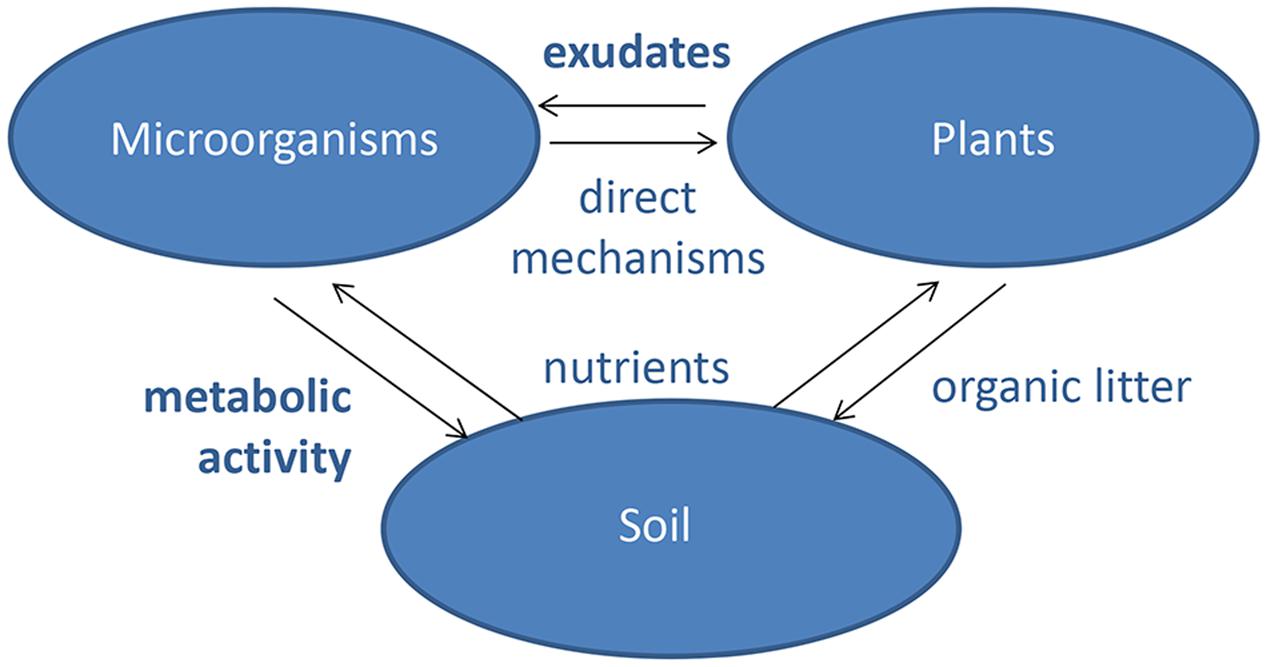Introduction
When we think about farming, we often picture lush fields of crops swaying in the breeze under the warm sun. What we may not immediately consider are the countless microorganisms hidden beneath the soil’s surface, working diligently to ensure those crops thrive. In this blog post, we will uncover the essential role of soil microorganisms in crop growth and highlight the impact they have on our food production and ecosystems.
The Underground Army: Who Are Soil Microorganisms?
Soil microorganisms are tiny living organisms, including bacteria, fungi, protozoa, and nematodes, that reside in the soil. They play an indispensable role in the decomposition of organic matter, nutrient cycling, and soil structure formation. Here’s a closer look at some of the key players in the underground world:
- Bacteria: These microscopic powerhouses are responsible for breaking down complex organic matter, such as dead plant material and manure, into simpler forms that plants can absorb. They also fix atmospheric nitrogen into a usable form, promoting plant growth.
- Fungi: Fungi establish a symbiotic relationship with many plants, forming mycorrhizae. These fungal networks extend plant roots’ reach, increasing their access to water and nutrients like phosphorus and potassium.
- Protozoa: Protozoa consume bacteria, regulating their populations. This predation helps maintain a balanced microbial community in the soil, ensuring nutrients are available to plants.
- Nematodes: While some nematodes are plant parasites, others are beneficial predators of harmful pests, helping to control insect populations that can damage crops.
The Nutrient Cycle: How Soil Microorganisms Contribute
One of the most crucial roles soil microorganisms play is in nutrient cycling. They break down organic matter, like fallen leaves and dead organisms, into essential nutrients that plants can use for growth. This cycling involves various processes:
- Decomposition: As soil microorganisms decompose organic matter, they release nutrients such as carbon, nitrogen, phosphorus, and sulfur back into the soil. This nutrient-rich environment is vital for plant health.
- Nitrogen Fixation: Nitrogen is a primary component of plant growth, and many soil bacteria can convert atmospheric nitrogen into a form plants can absorb. This process, known as nitrogen fixation, is essential for crop nitrogen needs.
- Phosphorus Solubilization: Soil microorganisms, particularly mycorrhizal fungi, play a critical role in making phosphorus more available to plants by solubilizing it from mineral forms in the soil.
- Disease Suppression: Some soil microorganisms act as natural antagonists to plant pathogens, helping to protect crops from diseases without the need for synthetic pesticides.
Enhancing Soil Structure
Apart from nutrient cycling, soil microorganisms also contribute to soil structure and stability. The secret lies in their production of sticky substances, called exudates, which help bind soil particles together. This creates aggregates that improve soil aeration, water infiltration, and root penetration.
Symbiotic Relationships with Plants
Mycorrhizal fungi deserve a special mention for their incredible partnership with plants. These fungi form mutualistic relationships with the roots of most plant species, enhancing the plant’s ability to absorb water and nutrients. In return, the plant provides the fungus with sugars produced through photosynthesis. This mutual support system significantly boosts crop growth and productivity.
Challenges and Soil Microorganisms
While soil microorganisms are incredibly beneficial to agriculture, they can face challenges due to human activities. The use of synthetic fertilizers and pesticides can disrupt the delicate balance of the soil microbial community. Excessive tilling and soil erosion can also harm these microorganisms. It’s crucial to adopt sustainable farming practices that prioritize soil health to ensure the continued well-being of soil microorganisms.
Conclusion
Soil microorganisms are the invisible workforce behind successful crop growth. Their contributions to nutrient cycling, soil structure, and plant partnerships are invaluable to agriculture and ecosystem health. As we continue to explore sustainable farming practices, let us not forget the critical role played by these unsung heroes beneath our feet. By nurturing and protecting soil microorganisms, we can ensure a bountiful harvest for generations to come.






